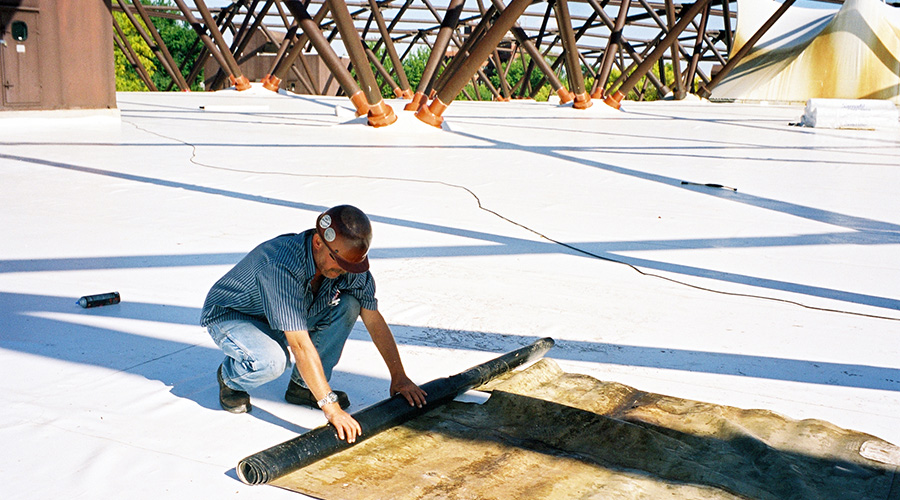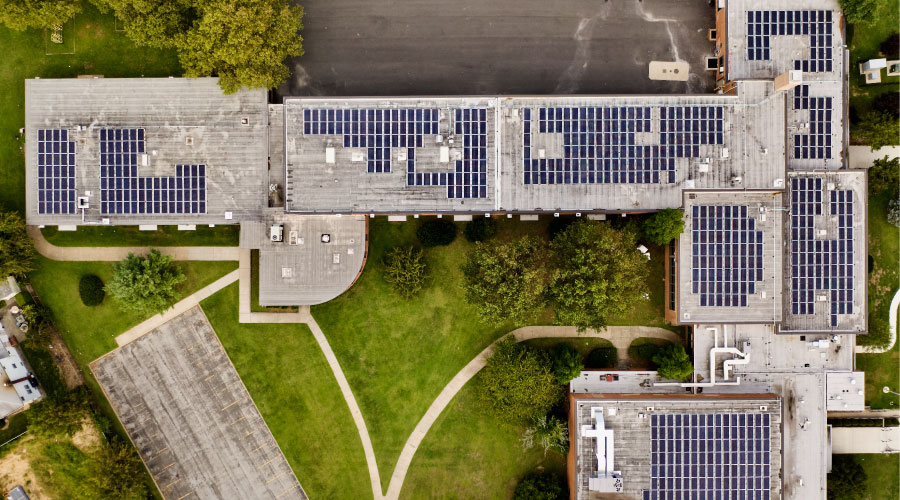Sustainable Roofing: Material Management
Sustainable roof systems should include an element of recycled content. But managers must be cognizant of the effect recycled content can have on a roof system's performance. Increasing recycled content to the point of reduced performance is not an acceptable tradeoff. In most instances it would not be justifiable to jeopardize the performance of the new sustainable roof by reusing existing inferior, damaged, or wet material.
When practical, consider reusing the existing roofing components, such as insulation or a vapor retarder. Provided the vapor and dew point calculations are correct, a designer could reuse the existing roof membrane as the new air barrier.
As a part of any sustainable roofing project, managers also should consider mandatory recycling of the following construction debris:
- metals, including edge metal, copings, counterflashings, expansion and control joint covers, and non-contaminated metal pails
- plastics, including packaging materials, pails and containers
- cardboard, including packaging materials and roll cores
- paper, including all related packaging materials
- wood, including demolished nailers and plywood, damaged pallets, and new wood or plywood scrap and pieces.
Reducing or eliminating the use of volatile organic compounds (VOC) improves air quality and reduces ozone depletion. Several states have enacted regulations that mandate the reduction of VOCs in all solvents, adhesives, and sealants.
One problem arises when installing a roof system with reduced VOCs in northern climates in colder months: Most low-VOC materials are not cold-weather friendly. Again, it is important when designing sustainable roofs that the designers consider the interaction of individual roofing materials — specifically, when the installation occurs during winter months.
Water Management
Most municipalities continue to struggle with storm-water management. As with roads and highways, the infrastructure for managing storm water also is undersized.
Due to issues such as weight, fire, wind, safety, and budgetary concerns, not every roof is appropriate for a vegetative, or garden, roof. But managers might consider installing holding tanks, ponds, or bioswales around their facilities to collect and meter storm water discharge. Better yet, once water is collected, consider using it for landscape irrigation.
Related Topics:













